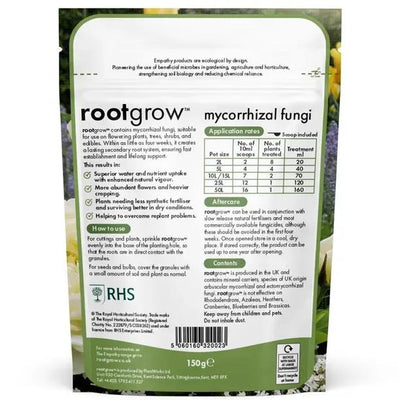Goat Willow Sapling Trees
Goat Willow trees, Salix caprea, are one of the Pussy Willows, which have fluffy silver catkins which appear in early spring, while the branches are still bare, and have a lovely silver, silky coating of hairs before they ripen. These are great for bees and Salix caprea is well known for being a favourite with many species of caterpillar. The goat moth also lays its eggs around the trunk of this tree. Goat Willow is unlike other willow trees, with its oval leaves and its ability to grow on dry, chalky soil. It also doesn't propagate well from cuttings (these are grown from seed). It can be grown as a screening tree up to about 10-15 metres high. It's a decent windbreak tree.
See our selection of willow hedging plants or view our full range of hedging.
Goat Willow plants are only delivered bareroot, during winter (Nov-March). All of our young trees and shrubs are measured by their height in centimetres above the ground (the roots aren't measured).
Common Names: Goat Willow, Great Sallow
History & Trivia
Salix caprea means Goat willow and this name probably comes from an illustration in a famous "herbal" (an old name for a book on plants) by Hieronymus Bock, published in 1546. The picture showed a goat grazing on the tree and this book was still around when the tree came to be named with the modern system over 200 years later. It seems likely that this was the inspiration for the name, rather than the tree being especially popular with goats, who are known to eat almost anything!
This European tree has been naturalised in Britain since Roman times.








 Secure, One-Tap Checkout
Secure, One-Tap Checkout
 Hand Picked, Delivered to Your Door!
Hand Picked, Delivered to Your Door! 1 Year Bareroot Guarantee
1 Year Bareroot Guarantee





















